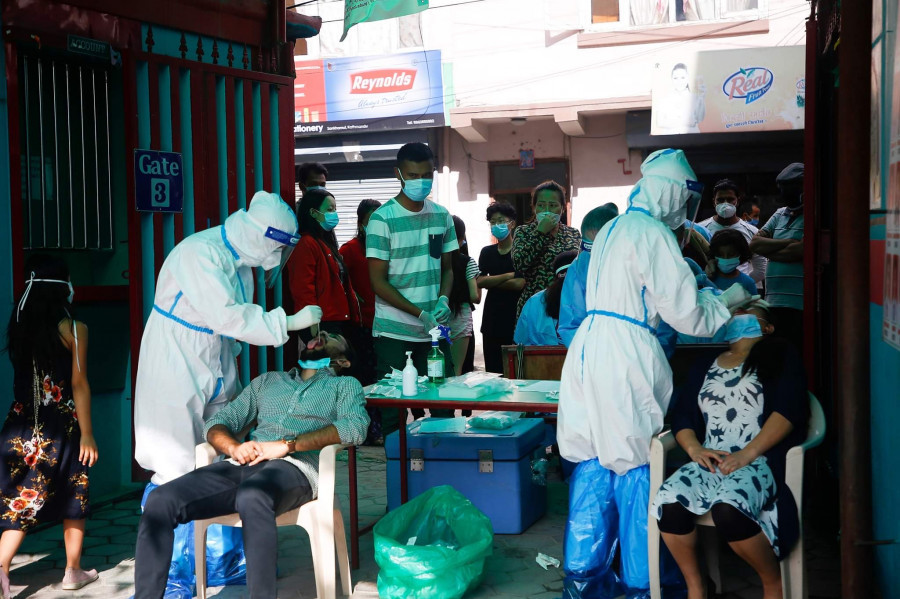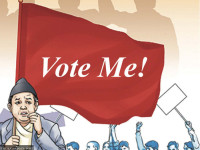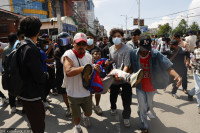Editorial
Winter of despair
Even as Nepal faces another wave of infections, leaders continue to slug it out.
Many countries across the world, including neighbouring India, have begun to roll out Covid-19 vaccines—a sign of hope for the world that is desperate to get back to normal. However, several countries are reporting the spread of a new and more active variant of the coronavirus—a sign that we are in for some more months of despair. It is the best of times, it is the worst of times, to rephrase the famous phrase used by Charles Dickens in his novel A Tale of Two Cities.
In its attempt to mitigate the spread of the new strain, Britain has imposed a nationwide lockdown—even as it rolls out its vaccination programme aggressively—raising alarms for the world that the danger is far from being averted yet. To borrow Dickens’s phrase, it is the spring of hope, it is the winter of despair. In Nepal, however, it is just disrepair everywhere.
Nepal’s Covid-19 report is a sorry story of missed opportunities. After over 10 months in limbo, several spaces that invite large gatherings within closed and cosy spaces, including schools, fitness centres and cinema halls, are reopening. Most businesses are back on track even as public health experts warn the rampant reopening is certain to invite yet another wave of coronavirus infections.
As the two factions within the ruling Nepal Communist Party, spearheaded by co-chairs KP Oli and Pushpa Kamal Dahal, continue to train their guns on each other, there is no hope for the vaccine to be rolled out effectively. But that has not stopped the government from continuously shedding its responsibility to secure the health of the citizens. Large-scale public gatherings are a daily sight in Kathmandu and elsewhere, with the ruling Nepal Communist Party factions leading the flouting of the Covid-19 safety protocol.
While the pandemic continues to be the talk of the town, the imperatives of minimum guidelines such as maintaining safe distance, cleansing of hands, and wearing masks have more or less been lost. In Nepal, the infection tally stands at 262,784, although this is a fairly gross understatement as infection in a significant section of the population goes undetected for lack of contact tracing and testing.
What is frustrating is that even those institutions that could have utilised the pandemic to transform the way they operated have reopened without learning much. Ten months was long enough for schools across the country to gather resources to digitise their classrooms so that students would not have to be physically present to take their lessons. Neither did the schools consider it financially feasible to continue running on the digital platform until the pandemic ends. Nor has the government provided substantial support to the schools and students towards transforming their teaching-learning practices as per the requirements of the digital age.
Ditto with government as well as private entities that provide public services including banks, tax offices, licence distribution offices and similar institutions. Every public institution in the country is today a potential hotspot for coronavirus infection. As Nepal reopens fully, the onus of securing the lives of the citizens is on the citizens themselves as there is little hope from the government—either before the coronavirus infection or after.




 12.12°C Kathmandu
12.12°C Kathmandu














